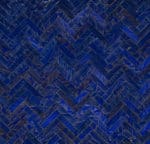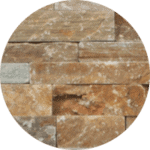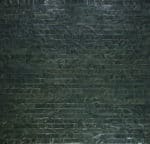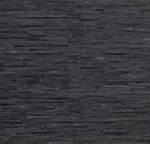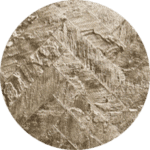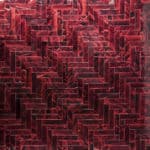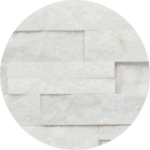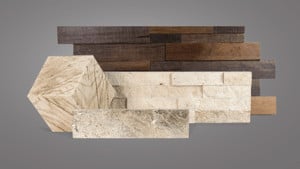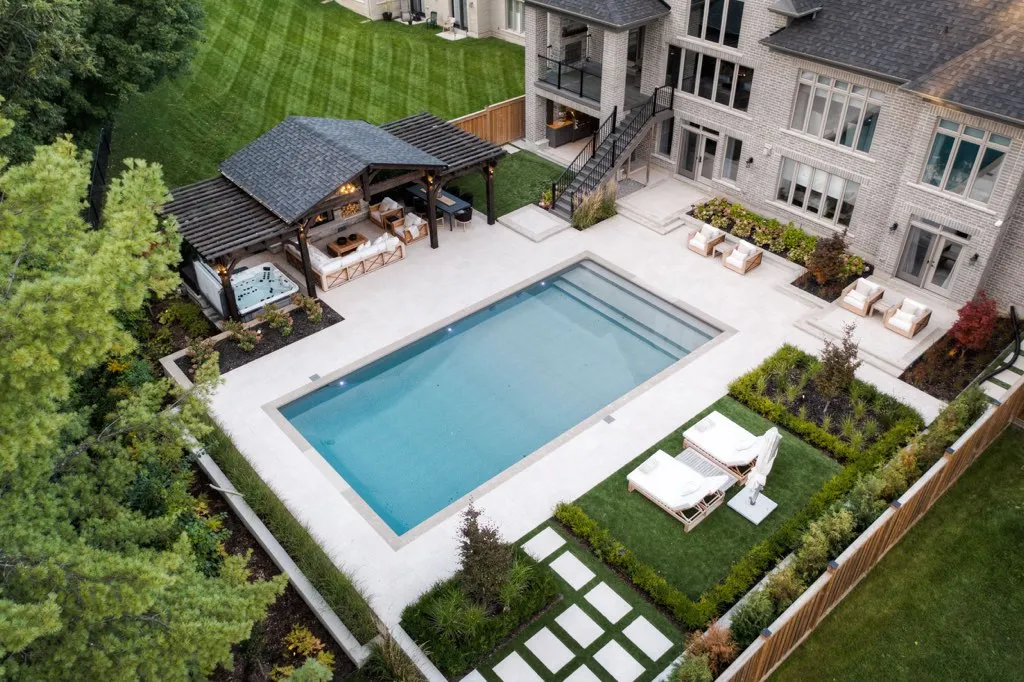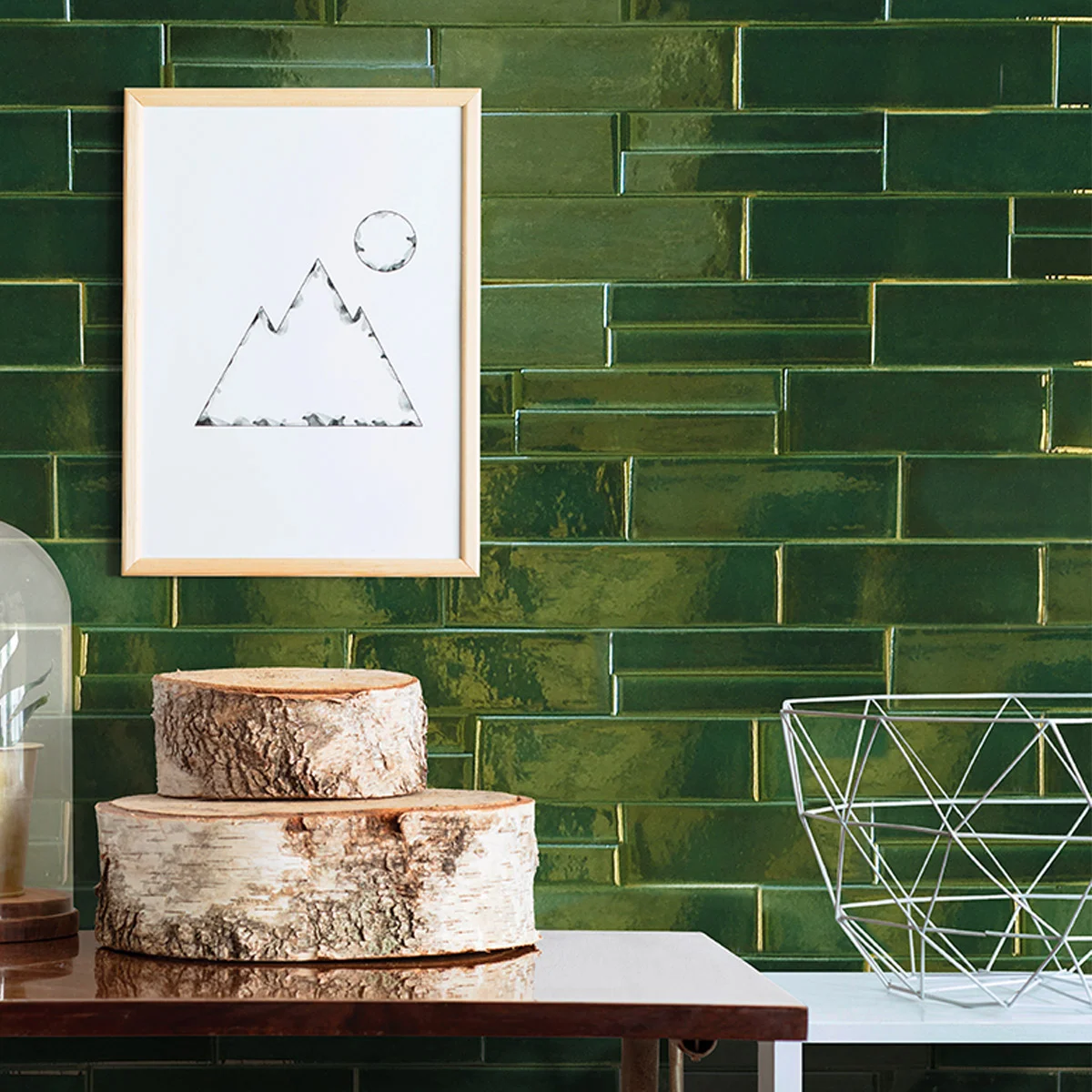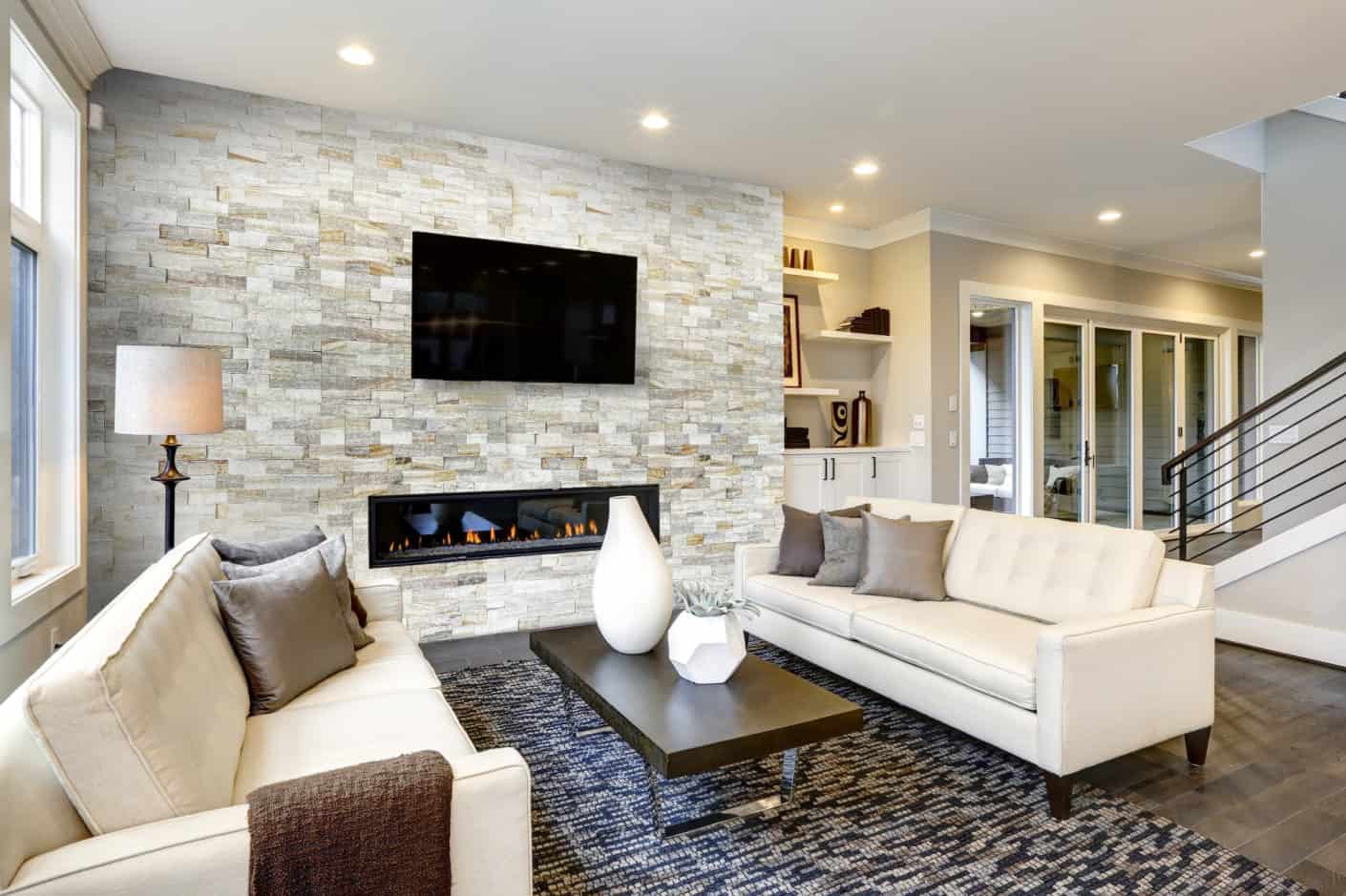Understanding Thin Brick
Thin brick, often referred to as brick veneer, is a versatile and lightweight construction material that mimics the look and appeal of conventional brick. It comes in various forms, such as thin brick veneer,(sometimes referred to as thin brick tile, or thin brick wall panels. A particularly appealing variant is the white thin brick, which adds a refreshing brightness to any space. This article is an in-depth guide to features, applications, and installation of thin brick.
Varieties of Thin Bricks
A diverse range of thin bricks is available to cater to different needs and preferences. For example, the thin brick backsplash is an excellent choice for adding a rustic touch to kitchens and bathrooms. Meanwhile, the thin brick fireplace can enhance the coziness of a living room. For outdoor applications, the thin brick veneer exterior or sometimes called “brick thin veneer” can significantly elevate a property’s curb appeal, making it more welcoming and aesthetically pleasing.
Features of Thin Bricks
Size and Thickness
Thin bricks are typically smaller and thinner than traditional bricks, thus making them easier to handle and install. While sizes can vary based on manufacturers’ designs, most thin bricks are approximately 7.5 inches long, 2.25 inches wide, and 0.5 inches thick. Their smaller size and thinness don’t compromise their strength and durability, making them a popular choice among homeowners and builders.
Aesthetics
Thin bricks come in a variety of colors, textures, and finishes, which adds to their aesthetic appeal. They can mimic the look of traditional brick, stone, or even wood, providing a natural, rustic charm to any space. Particularly, the white thin brick variant adds a fresh, bright and timeless look to any room.
Cost and Efficiency
Using thin bricks is a cost-effective way of achieving the look of traditional brickwork without the associated expense. The thinness of these bricks means less raw material is used in their manufacture, making them more economical. Additionally, thin bricks require less time and labor to install, adding to their overall efficiency.
Versatility
Thin bricks are incredibly versatile. They can be used in both interior and exterior applications, for walls, fireplaces, backsplashes, and more. Their lightweight nature allows them to be used on surfaces that might not be able to support the weight of full-sized bricks, adding to their flexibility.
Applications of Thin Bricks
Areas Where Thin Brick Can Be Used
Thin bricks can be used in a variety of applications and settings. Here are some common uses:
- Interior Walls: Thin bricks can be used to create accent walls or feature walls in residential or commercial interiors. They add a rustic or industrial look to the space and provide a unique texture.
- Exterior Façades: Thin bricks can be installed on the exterior of buildings to enhance their appearance. They can be used to create a traditional brick façade or as an accent to complement other materials.
- Fireplaces: Thin bricks are often used to create a beautiful and durable surround for fireplaces. They can be arranged in different patterns and styles to match the overall aesthetic of the room.
- Backsplashes: Thin bricks can be installed as a backsplash in kitchens or bathrooms. They add a visually appealing element to the space and are easy to clean.
- Flooring: While not as common as other applications, thin bricks can be used as a flooring material in certain areas. They are typically used in high-traffic areas such as entryways or commercial spaces.
- Landscaping: Thin bricks can be used in outdoor landscaping projects such as walkways, patios, or garden / retaining walls. They provide a durable and aesthetically pleasing option.
It’s important to note that the specific application and installation requirements may vary depending on the manufacturer and the type of thin bricks being used. It’s always recommended to consult with professionals or follow the manufacturer’s guidelines for proper installation.
Installation and Care
Thin Brick Installation
Installing thin bricks involves using a specific mortar such as Laticrete to secure the bricks. This method allows the thin bricks to adhere to different surfaces, including drywall, plywood, or concrete. It is vital to follow the specific guidelines provided by the manufacturer to ensure that the installation is done correctly.
Conclusion
Hopefully, you now have a better a versatile, cost-effective, and attractive alternative to traditional bricks. They offer a unique blend of functionality and aesthetics, making them a popular choice for various applications, both indoor and outdoor. When properly installed and maintained, thin bricks can provide the timeless appeal of brickwork while offering modern benefits such as versatility, ease of installation, and cost-efficiency.
FAQs
- What are thin bricks? Thin bricks, also known as brick veneer, are lighter and thinner versions of traditional bricks, made to mimic their appearance.
- Where can thin bricks be used? Thin bricks can be used in a variety of settings, including interior walls, exterior facades, fireplaces, backsplashes, and even some flooring applications.
- What is the typical size of a thin brick? Most thin bricks are approximately 7.5 inches long, 2.25 inches wide, and 0.5 inches thick. However, sizes can vary depending on the manufacturer.
- Are thin bricks expensive? While prices can vary, thin bricks are generally more cost-effective than traditional bricks due to less raw material usage and easier installation.
- How are thin bricks installed? Thin bricks are installed using a specific mortar, adhering to surfaces such as drywall, plywood, or concrete. It’s recommended to follow the manufacturer’s guidelines for proper installation.
